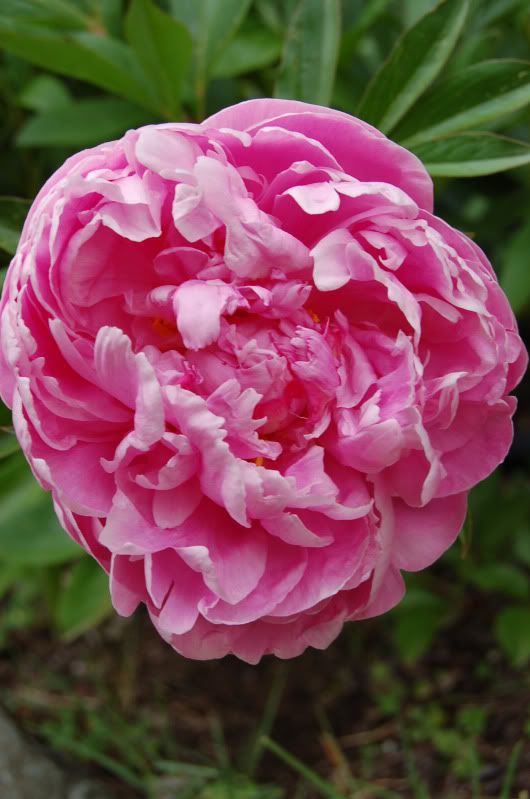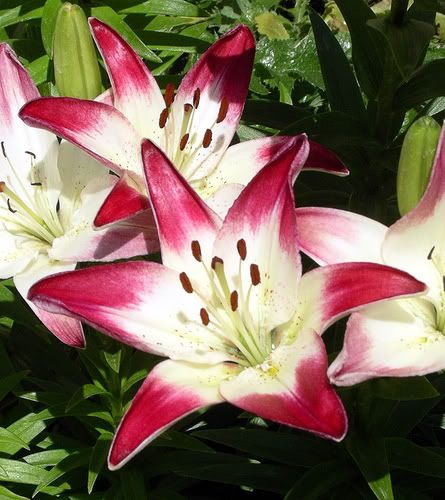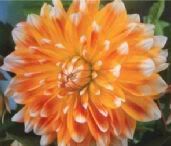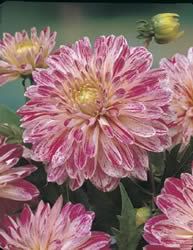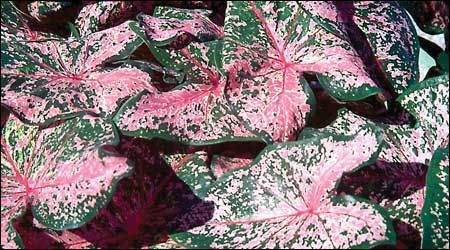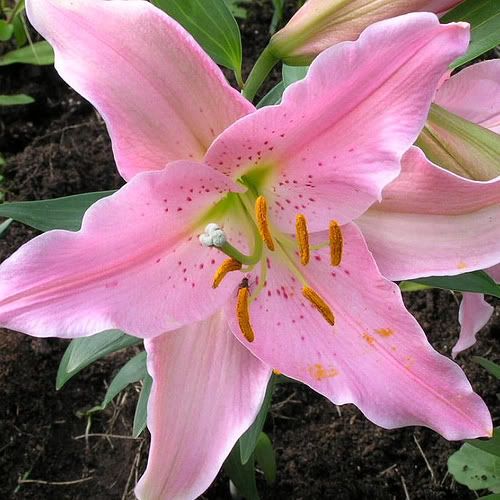How to start?
There are probably thousands of bulbs in the world, maybe more. I can only focus on a couple of my favorites, which are for a New England zone [typically zones 5-7, a zone referring to temperature in a region]. As for a list, I can make a very short one from memory...
-Gladiolus*
-Lilies*
-Tulips*
-Dahlias*
-Peonies*
-Crocus*
-Daffodils
-Daylilies*
-Phlox
-Hosta**
-Iris*
-Bleeding Hearts**
-Astilbe* **
-Freesia*
-Hyacinths*
*My favorite garden bulbs...
**Shade bulbs
Anyways, that is only a small chunk of the many bulbs available. I've included a link to an online supplier of bulbs that I found this morning, and I hope that they don't mind if I use some [a lot] of their pictures.
[Links are at the very bottom of the post] There is a wealth of information supplied from this website, and I'm in love. Of course, even easytogrowbulbs.com doesn't offer all of your options, but take a look after reading because they have a bigger selection for you than what I will go over. [I personally plan on shopping around some more when I get home...]
Iris alone has three different varieties that I know of including Japanese Iris, Dutch Iris, and Bearded Iris. There is also a smaller type of Iris, but I can't remember the name currently. Remember, within these different subspecies and hybrids there are hundreds of different colors, which is true for most bulbs.
There are spring bulbs and summer bulbs for all zones. Summer bulbs typically get planted in early spring and bloom beautifully throughout summer. But these bulbs need to be dug up and stored before winter comes - they don't like cold. I use vermiculite and bag the bulbs in ziploc. It makes it easy to label, and a cold, dark, dry place is perfect for them. It is important to
dry out the bulbs before storing them as not doing so leaves them open to fungus. You can also treat with a fungicide as a safeguard. Sometimes they may sprout a bit before going dormant, but that's okay. Some summer bulbs: Gladiolus, Dahlias, Freesia.
Spring bulbs can be planted in the ground as long as you can dig in it - most of them need to have a cooling period before they bloom, which is why they can [and should] stay in the ground. These bulbs are always 'the rage' as they're the first color you see after the 'brown and gross' I mentioned in my first post. Spring bulbs are also popular for forcing indoors in the winter, with choices such as Daffodils [Paperwhites] or Hyacinths. [Tulips can also be forced...] Spring bulbs include: Tulips, Hyacinths, Crocus, Daffodils, Lilies...
It is important to remember that some bulbs are very tall and unweildy so they either need to be prefectly protected from wind and watered extremely regularly, or need to be supported somehow. There are some different options, depending on the form of the plant. A more bushy form [peonies, some types of dahlia...] would do best with either a growth ring [the ring is place above the plant before growth so the plant should grow through it] or a ring support [can be placed around an already grown plant and comes in different sizes]. These are both easy to install, just stick them in the ground, but they can be expensive. Just remember the small expense is worth it if your bulbs are going to flop over. You can also use individual bamboo, wood, or plastic-coated metal stakes for a more individual form such as gladiolus. For this you'll also need to buy either twine, plant ties, or something of that nature to secure the plant with.
[I've also included a link to plant supports at the bottom of the page.]
The perfect tool for planting a bulb garden: A bulb planter! There are handheld planters and augers, and most of them have inch increments marked on them for easy depth planting, as some bulbs require different depths.
An important thing to remember about bulbs is how they reproduce. Many bulbs simply grow more bulbs with the extra food stored during photosynthesis. This creates a spreading effect, and for bulbs that are left in the ground year after year can be a problem. Iris, Grape Hyacinth, Hosta, Snowdrops, and Daffodils tend to take over before you realize what's going on. Iris especially clumps very densely [as well as Hosta] and will need to be seperated every couple of years. Sometimes you can let it last longer for a larger clump, just don't procrastinate too long! The middle of the clump will start to brown and die off, and you don't want to create problems in your garden when you could simply prevent them. Just dig up the entire clump [after blooming has finished and the leaves have yellowed, but before first frost] and use a shovel, pitchfork, or just your hands [depending on the thickness] to seperate the clumps into smaller clumps. These can then be placed together in the same area or spread out into your garden. Each bulb is different, so do your homework on the different species if you want a spreader. For instance, a Dahlia is sold as a bulb but is actually more of a tuber: very different. Google is a good tool [as always] for information, just try to cross reference info as much as possible.
As far as advantages to buying bulbs go, there are many. For one, it is much cheaper to buy them in bulb form as you are not paying for the labor, fertilizer, etc. the potted bulbs include. One random price I can throw around is one dahlia bulb [tuber, sorry...] for $4.99 [Nunan's price] or the potted plant for $14.99. Ten dollars makes a difference, that is money you can spend on your supports! Also, Dahlia's are sensitive to Aphids, so keep pesticides handy. I'll write a blog on pesticides eventually, but it's very easy to go in and ask your local garden center workers. Just PLEASE make sure you read the label as most pesticides have warnings in fine print.
Also, some species [Lilies, Iris, Daylilies [Often called Hemerocalis]] are a 'perennial' bulb. You can leave these guys in the ground, they will come back for you! A quick note about Lilies: Beware the red beetles. These little guys will decimate your lilies before they even bloom. Spray, spray, spray! Systemics also work wonders. [A systemic is a type of pesticide that gets applied directly to the soil in either a granular or a liquid to be sucked up by the roots. This will kill or deter insects when they bite into your plants, and won't wash away with the rains. Which, if you've been in New England lately, would have you saying "Thank God!" We're actually flooding in parts.]
Many bulbs are popular cut flowers. Stargazer Lilies are a type of Oriental lily that is EXTREMELY popular in the floral circuit, as well as tulips, dahlia, ranunculus, peony, daffodils, etc. The best time to harvest your garden for floral work is in the early morning before the dew dries. This is when the plant tends to be most turgid, or have cells filled with water. Do not collect faded blooms - in fact, try to get them slightly closed. Lilies open beautifully and will last longer if cut while budded [preferably with some slightly open], and tulips will open and even develope more stem growth after cutting. Dahlias are an exception: I read just today at work that Dahlias do not open in water and should be cut from the plant when fully matured. Also, Gladiolus and freesia are seen in floral work constantly, not to mention the use of Freesia extracts in the perfume industries. That flower smells great!
Last thing: fertilizer. Almost every brand carries a bulb fertilizer, and I have two names for you to remember: Blood Meal and Bone Meal. Bone meal is a great source of Phosphate, [Hi-Yield carries Bone Meal with a Nitrogen-Phosphorous-Potassium (NPK) ratio of 0-12-0.] which helps develope the bulb's root system.
Blood Meal is a fertilizer high in Nitrogen [Hi-Yield's NPK ratio 12-0-0] which will help promote color intensity and vegetative growth.
Espoma is another fertilizer producer that carries a product called Bulb-tone, with an NPK of 3-5-3. It's much more balanced, and the ratio is less extreme. Thirty percent Nitrogen, fifty percent phosphorous, and thirty percent potassium. These fertilizers are available from different companies as both a granular or a liquid. Many liquids need to be mixed with water, aka a concentrate. No matter how you apply your fertilizer, make sure to follow the instructions on the labels and do not over-do it as you can burn or even kill the plant.
That's all for tonight, good luck in your bulb gardens!
Peony
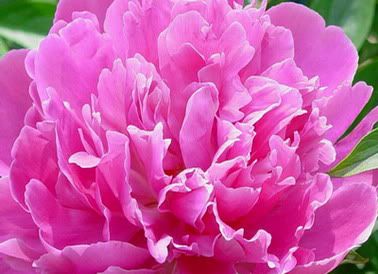
Oriental [Stargazer] Lily
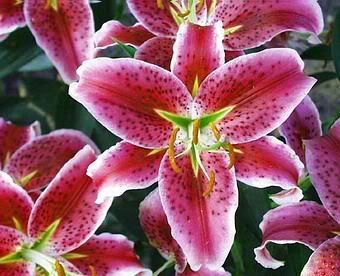
Bearded Iris
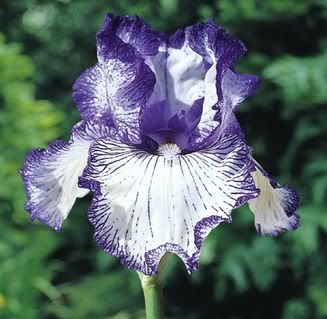
Hosta
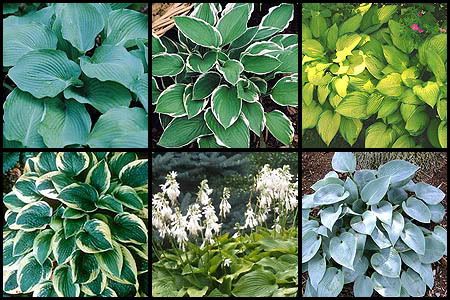
Butterfly Gladiolus [Mixed]
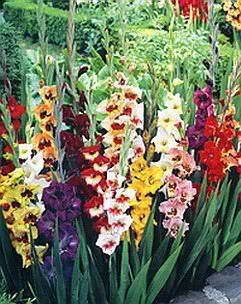
Freesia
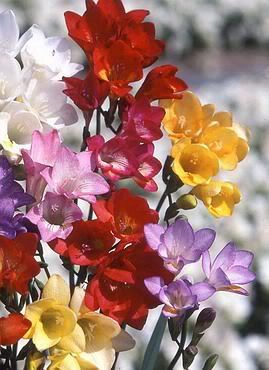
Daylily [Hemerocalis]
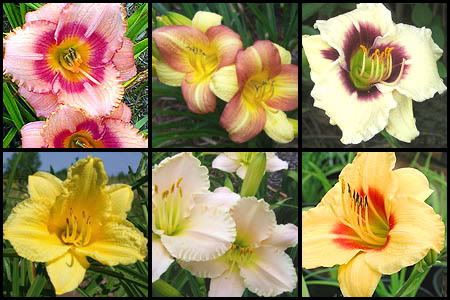
Dahlia
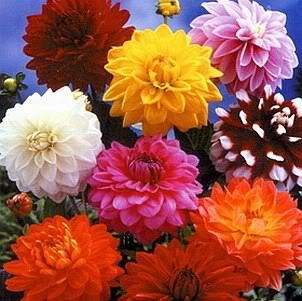
Caladium
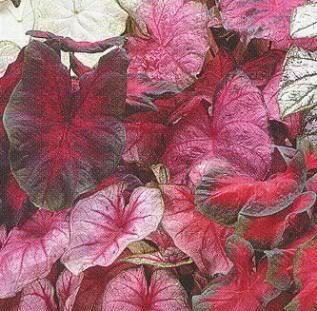
Astilbe
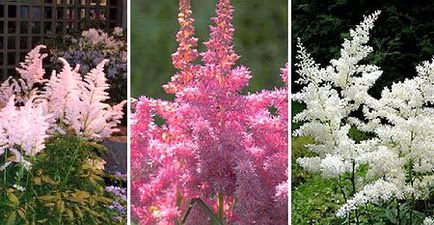
Author's Note: For my next two posts I hope to have a list of bulbs I will be planting and some information on seeds!
P.S. Ashley says "Hi."
Easytogrowbulbs.com
Gardeners.com













